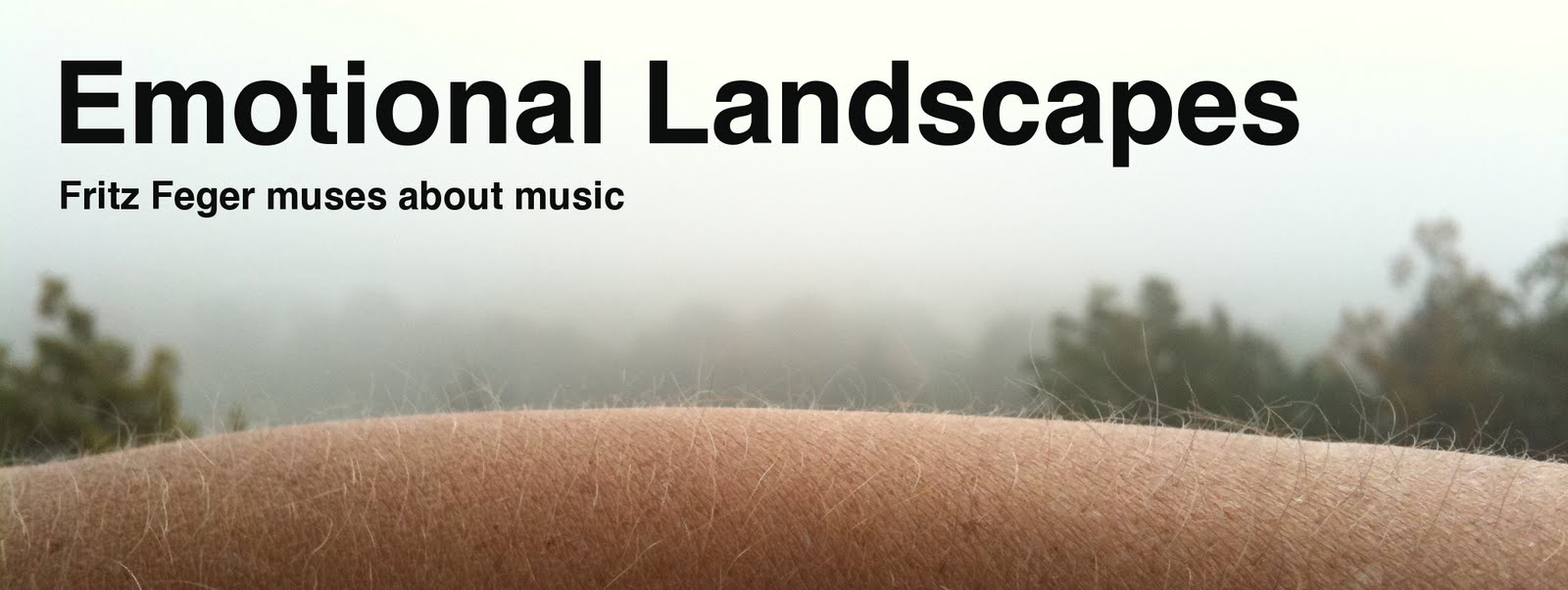Well, the short film has already been presented to a conservatory audience last week... but for the final DVD and festival application version there will be additional brass recordings with Philipp Haagen. I affirm to uploading more music then! For now consider some text and a couple of sound bites around the beginning of the film.
NOWHERENOW begins with a fade-in of the journalist standing at the beach, somewhat lost, and relieving himself. He is looking for the professor whom he plans to interview. As he cannot locate him, tramping along the beach, he puts on the headphones of his mp3 player and listens to - well, he listens to what? He listens to some hard, analytic, urban, over-ambitioned, difficult music which is no fun but which he is anxious to like. That is, something like the music of Steve Coleman / M-Base ;-)
It would be a lost opportunity if the mood music for the first shot which is, volume-wise, below attention threshold and thus introducing the journalist as a loner on a subconscious level, and the loud and thus consciously perceived mp3 player music were unrelated and juxtaposed just like that. Could not these two pieces of music in fact be one and the same, only having totally different impacts when listened to individually?
Like this one: on Michael Brecker's disc "Now You See It, Now You Don't" there is a track named Escher, which, guess what, deals with Escher's picture puzzles. A triplet swing part (i.e. each quarter note is subdivided into a quarter triplet and an eighth triplet) is overlaid with a binary funk part which quarter notes correspond to the quarter triplets of the swing tempo (thus the swing is 33,33% slower than the funk). Those two grooves integrate to one song, with each meter.
The NOWHERENOW headphones music and the initial mood music can play simultaneously and melt down to an integrative piece although they are totally different, listened to individually. However, departing from Brecker, they both have the same meter. The Escher effect is instead accomplished by reinterpreting the harmonies of the journalist's mood music by different bass notes put forward in the headphones music. Here is the mood music:

The descant and a counter voice are performed by remote and heavily filtered solo celli which are, in their unsentimentally crotchety melancholy, inspired by Wayne Shorter's soprano saxophone play. Totally different: the poser music the journalist burdens himself with:

In order to present the two pieces as non-accidentally belonging together I do not simply turn up the headphones music's volume. Rather, putting up the headphones exactly matches the first beat of the first bar of the form, and the subsequent cut exactly happens on the first beat of the ninth bar of the form. Hence the cut determines the duration of the eight bars. It follows that, given the 7/8 time signature of the music, the tempo of the song must be 111,7 BPM.
This is how both pieces sound together (you are in the journalist's shoes, that is, the headphones music is softly present with the headphones put down, but with headphones on the music is so dominant that background noise is completely masked):
+ Track 1
Just for fun, consider the headphones music with the synth solo I originally planned but which turned out to be to "fiddly" and, above all, in too good a temper. The guitar has no crunchy sound anymore accordingly. The track is longer; it lasts until the headphones are put down again:
(Drums: Christian Jung. All other instruments are played or programmed by me)



